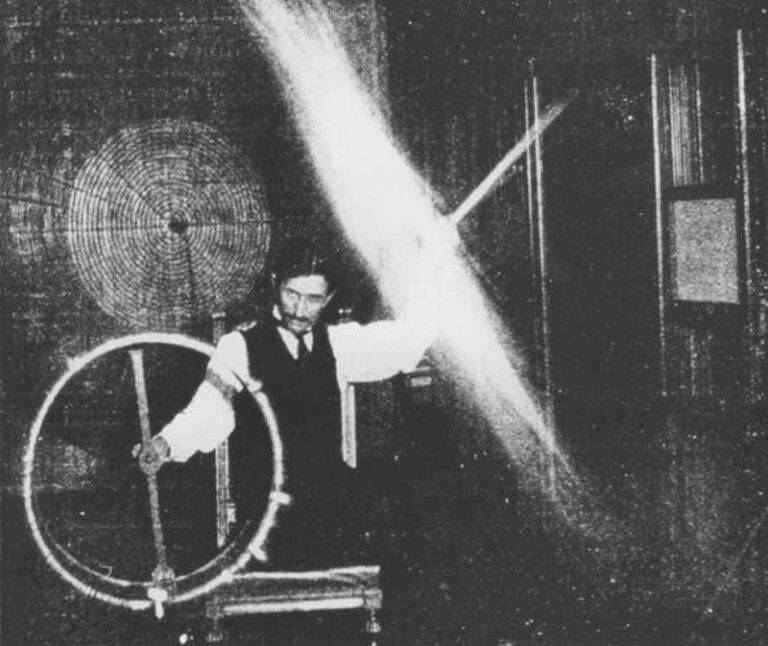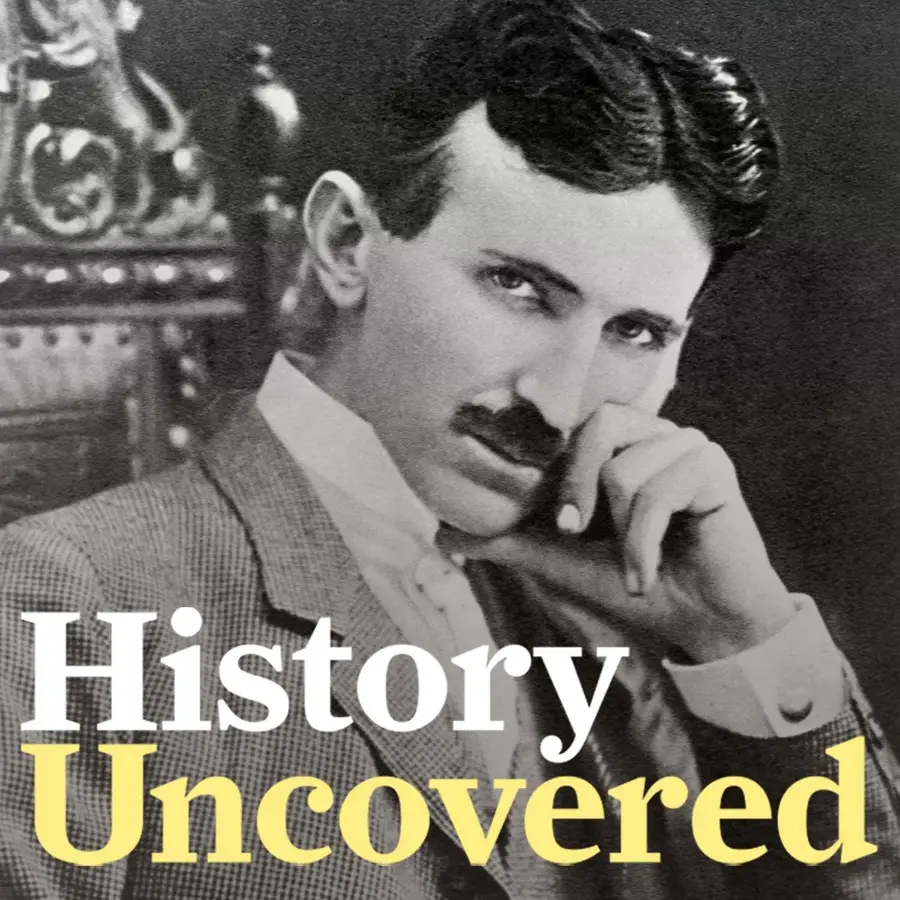He made some of the most astonishing technological breakthroughs of the late 19th and early 20th centuries — then he lived out his last days in isolation before dying penniless and alone. This is the story of Nikola Tesla's final chapter.
On January 7, 1943, Nikola Tesla passed away at the age of 86 from coronary thrombosis. He died alone and in debt at a cheap hotel in New York City. His body was only found when a hotel maid ignored the “do not disturb” sign on his door and decided to enter his room after two days of no activity from within.
It was an inglorious end to a remarkable life. Tesla, an ethnic Serb born in what is now Croatia, immigrated to the United States in 1884. The groundbreaking inventor was determined to unlock the full potential of electricity, and Tesla churned out extraordinary inventions ranging from the induction motor to radio-controlled boats.
But Tesla’s life was full of near misses. He began to experiment with X-ray technology just as it was invented by someone else. His legacy would be overshadowed by his mentor-turned-rival, Thomas Edison, whom Tesla battled in the so-called “Current Wars” over how to develop electricity. And Tesla’s dreams of sending the first transatlantic radio communication were shattered when Guglielmo Marconi beat him to the punch.
Marconi became rich and famous, the “inventor of the radio.” It didn’t matter that he had been using Tesla’s technology. After Tesla’s death, the Supreme Court would even rule that Tesla had a better claim to the patents — but it was too late.

Wikimedia CommonsNikola Tesla in his lab circa 1891.
His loss in the race for the radio would send Nikola Tesla on a long downward spiral from which he would never recover. Combined with his other failures and his struggles with what we would probably identify today as obsessive-compulsive disorder, Tesla descended into a tailspin at the end of his life.
Tesla became obsessed with the numbers 3, 6, and 9. He would walk three times around the block before entering a building. He would wash his dishes with 18 napkins. The inventor refused to stay in a hotel room unless the room number was divisible by three — and, by then, he was living out of cheap New York City hotels. He swam 33 laps — and started over if he lost count — worked from 9 a.m. to 6 p.m., and had dinner at 8:10 pm, on the dot (8 + 10 = 18, which is divisible by 3, 6, and 9).
Tesla developed other odd idiosyncrasies as well. He couldn’t stand the sight of women with pearl earrings, for example. And he developed a powerful, if tender, obsession with pigeons. In his older years, he spent most of his time with birds — not people.
But even as his life came to a close and he spent his days sitting in New York City’s parks, feeding the pigeons, he never stopped inventing. Tesla’s ideas about what the future could hold continue to fascinate the world to this day.
Learn more about the fascinating rise — and fall — of Nikola Tesla.
Learn more about the music used in our podcast. History Uncovered is part of the Airwave Media network. Learn more about your ad choices by visiting megaphone.fm/adchoices.






